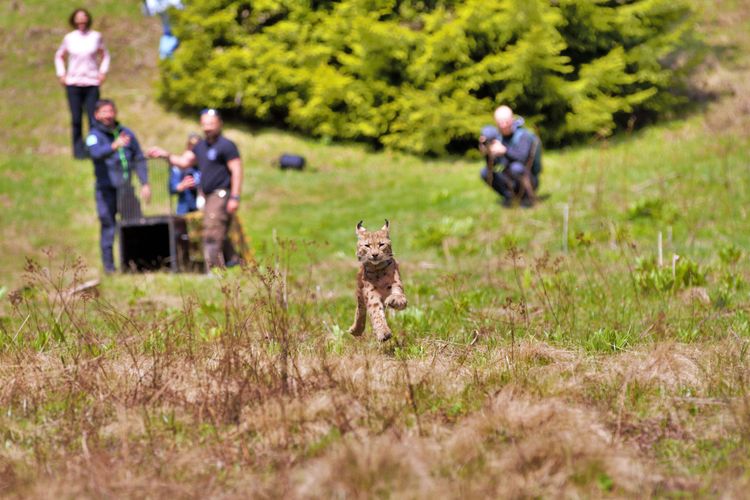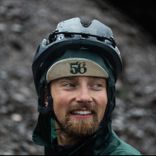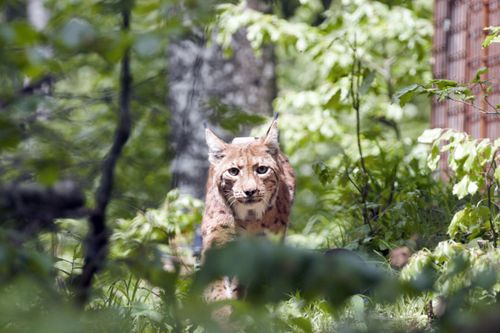When we started gravgrav we chose the lynx as our logo. But not just because it looks cool. We chose it because we found astounding similarities between off-road venturing cyclists and lynx: they travel far and cover large distances and mainly they share the same landscape with us. Large forests and mountain ranges. You missed that story? Read the story behind our logo here.
Only that it's their habitat and we are only visitors. If we want the nature that we love so much to stay like it is and animals like lynx to survive, we need to act and take care of the landscape we love so much. Otherwise you will not be able to escape into the wild anymore soon.
From the start we knew we want to create projects for cyclists and integrate nature and wildlife protection. Why should that work you ask? Because as a cyclist you cycle through it and you like to be there, hence we strongly believe that cyclists have a high interest and courage towards acting themselves and listen to experts.

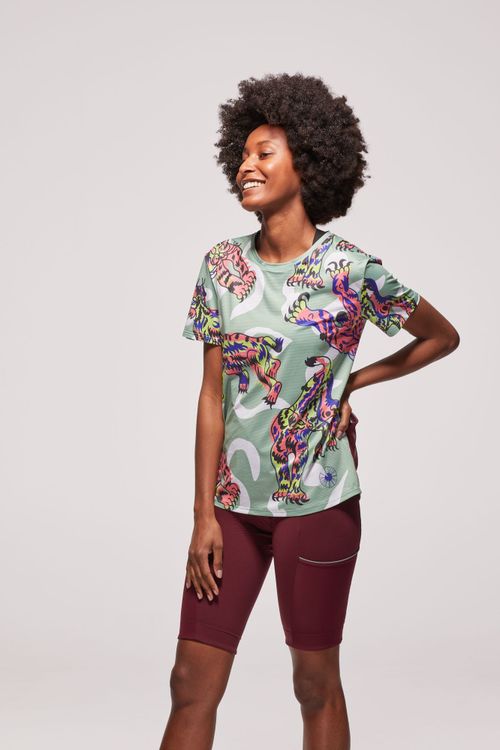
Ride and rewild with I-RIS.cc
Together with Iris Slappendel from I-RIS.cc and artist Chiara Terraneo we designed a unisex loose fit jersey with an illustration showing lynx. Which you can buy here. It's flashy, it's colourful. It is a bold message. If you buy this jersey you are carrying a message. You are engaging in protecting wildlife. You show that you care.
Ride and rewild is the slogan we go after and isn't it funny that Ris in Slovenian means Lynx? Can't be a coincidence.
I-RIS and gravgrav are using all the profit from selling the jersey to create a cycling related project for protecting lynx with LIFE Lynx.
LIFE Lynx are working towards repopulating lynx in the Dinaric Mountains and Southeastern Alps.
We couldn't be more excited about this project we do together, especially as it took us a lot of time to find the right partner! We will share more on the project soon, however first let's talk about LIFE Lynx and what they are doing. And most important: What can you as a cyclist do?
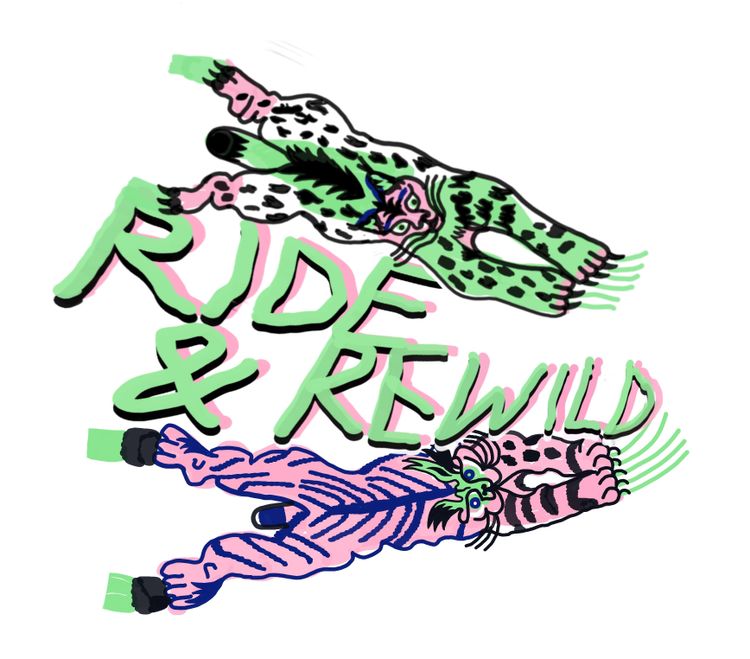
What is LIFE Lynx and how can you help
We are very happy to have Vedran Slijepcevic as our expert on this topic. He has seen and worked with a lot of lynx, is a senior lecturer at the university and part of the LIFE Lynx team.
But enough of this long introduction. Let's have Vedran speak for himself!
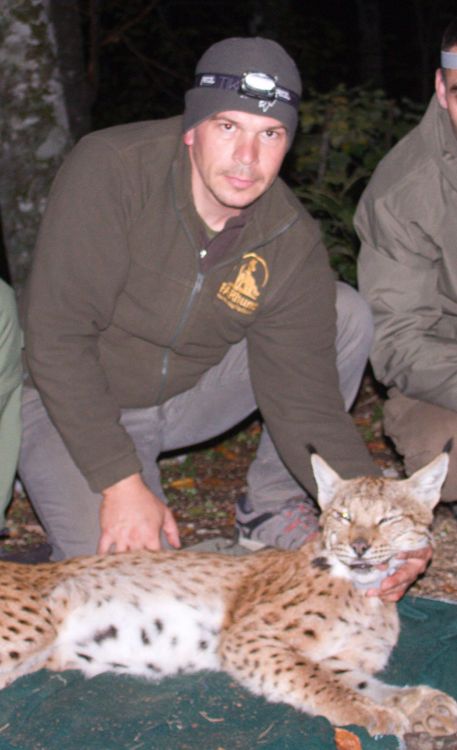
No lynx were harmed making this picture. 😉
Vedran, we are so excited to have you on this topic. Who are you, what is your job, and why are you our expert on lynx and wildlife preservation?
I'm a wildlife veterinarian specialised in tracking, capture and anaesthesia of wild animals. I work as a senior lecturer in the Department of Wildlife Management and Nature Protection within Karlovac University of Applied Sciences. I work both as a lecturer at the University as well as wildlife veterinarian in the field on different projects including different wildlife species, although I mostly work on large carnivores, primarily with lynx. I guess I am your expert because I tend to help people understand how large carnivores live, how to understand them better, how to be more aware of their presence and how to avoid trouble with them.
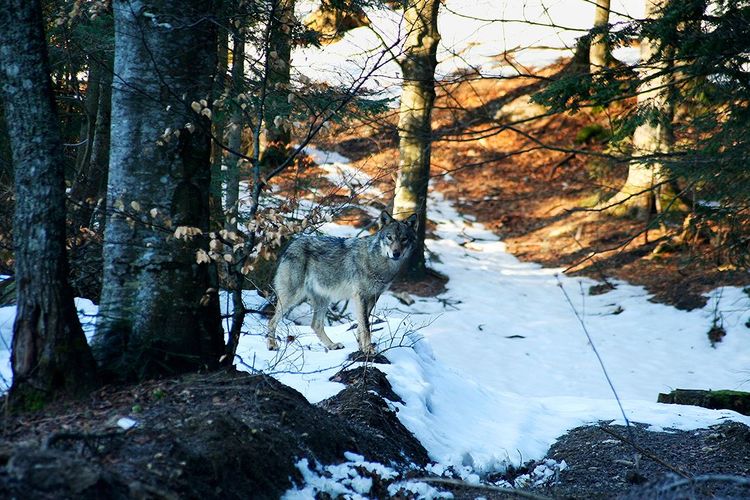
The LIFE Lynx project is working towards repopulating lynx in the Dinaric Mountains and Southeastern Alps. Tell us about the project and what makes it so special.
This project is something that really many of us dreamed about for more than a decade. Therefore we are all very excited and especially glad that everything is going well. We've been aware of a lynx inbreeding problem for quite some time - one of the most important tasks before even thinking about the project was to scientifically prove that inbreeding is an actual problem. Only after that we managed to get things rolling, applied for the project and finally started bringing lynxes with fresh genes to the population. Special thing about this project is that it literally involves every group of people that have interest in nature - this project gives everyone a chance to get involved on different levels and help us save the lynx population. As different types of people get involved in the project, different ideas come to us and some of them get implemented within the project. Above all, lynx is a very special animal, very charismatic and people really love them. 😅
And then some crazy cyclists come along. I guess it never gets boring. 😉 So we have the lynx in our logo and they look sooo cute, however they are quite vicious killers! Fast, agile, with huge claws and sharp teeth. Why do we need them? Isn’t it dangerous for us to have them waiting in the forest ready to have a cyclist for lunch?
Lynxes are truly very effective predators, but they never look at people as potential meals. They primarily feed on small to medium size prey like woodpigeons, dormice, hares, roe deer, chamois and juvenile red deer. We need them to help us keep the balance in nature. That probably sounds too simple, but really, without predators like lynx you really get a situation in habitats out of balance and huge effort is needed to get it balanced again - after almost 20 years of experience in carnivore research I really can say - it is impossible to have a good balance in nature (rodents, small carnivores, ungulates, vegetation, birds, etc...) without large carnivores. However, cyclists are not on the lynx menu, so lynxes will not try to regulate their numbers.
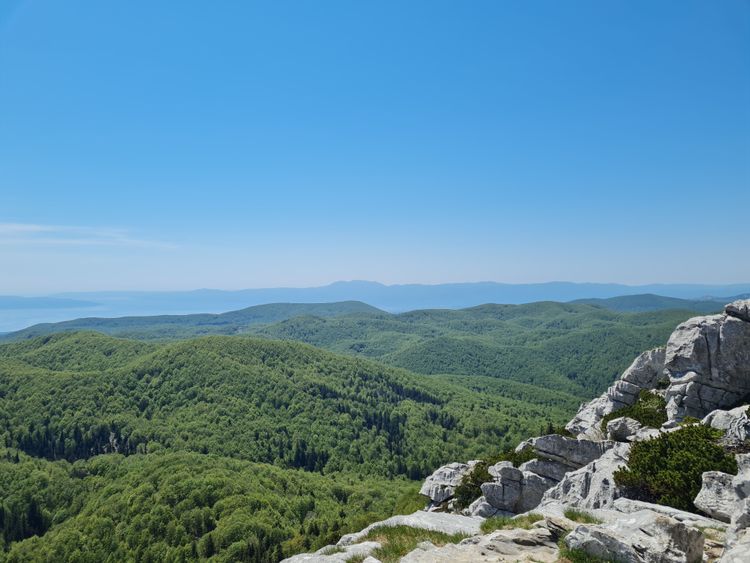
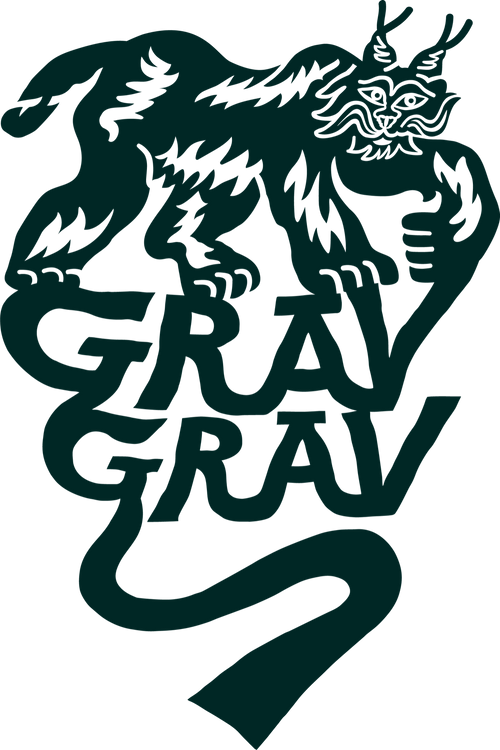
I am glad to hear we will not be "regulated" 😉. In general, why do we need carnivores and why are they so important for our ecosystem?
It is very hard to explain all the levels of carnivore importance for ecosystem - the more we learn about them, more we understand their significance, but also understand that there's much much more to learn. If we look at the ecosystem as a constant circulation of energy and matter throughout all the living organisms - then we see that carnivores are the "top consumers", but also the animals that regulate the numbers of herbivores which would, if left unmanaged, in time turn the forest to desert and then die themselves - out of starvation. During their regulation of herbivores, carnivores, especially large carnivores, also leave a significant amount of herbivore carcasses in nature on which a huge number of animals feeds on - it's a very important additional resource of food for many wild animals, and in the end it is all given back to plants throughout bacterial decomposition.
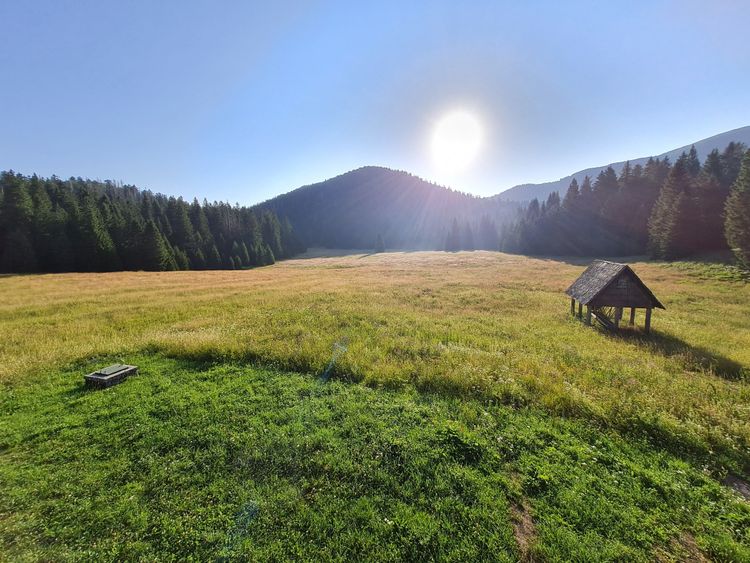
The circle of life! We all heard about that. But, aren’t hunters supposed to do the job of lynx and other carnivores? What arguments are speaking for lynx and co?
Hunters are supposed to be the top predators, especially in areas where we don't have large predators. After being a hunter for 20 years (and still planning to continue) as well as a carnivore researcher, I must say I feel qualified to explain the difference. Most hunters will tend to have as many game animals in their hunting grounds as they can. From the ecological point of view - it is often too many for the habitat to handle and it can lead to degradation of habitat quality. Lynx will act differently - if he can satisfy his needs for food on a smaller "hunting ground", he will reduce the size of his territory and keep a constant impact on prey. There's one more important difference between hunters and lynx - hunters will mostly concentrate their hunting effort near roads, hunting hides etc., while the lynx will do his hunting on his entire territory more or less equally dispersed. So, in many cases lynx will catch animals that are often out of a hunter's reach.
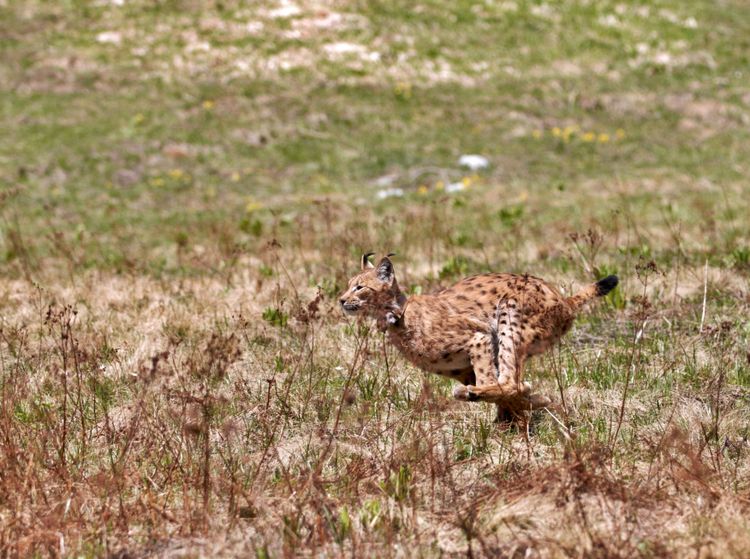
It sounds like lynx would solve a lot of our problems! What challenges do lynx have? Why are they nearly extinct and what stops them from building a stable population across Europe again? I mean: we have large Forests, the alps, deers, rabbits... Even other prey for lynx exists in masses.
The main challenge the lynx has is the one shared with the rest of large carnivores - human tolerance. That's the challenge - if humans tolerate them, then they thrive and survive in the long term. Indeed, Europe has many forests rich with herbivore populations in which lynx would thrive - but for some reason - they don't. One of the most important long term problems is habitat fragmentation - a beautiful forest full of roe deer of few hundred, or even a few thousands hectares is not enough even for one lynx. If a forest is surrounded by human settlements, cut off by highways, then lynx cannot survive there, sometimes they even can't get there. Maybe some of them might wander by, but will not be able to reproduce and will leave the area in some time. They also need a lot of place to hide to be able to raise their young. Therefore, with all the positive energy and tolerance we have towards lynx - there is not that much of available high quality habitat for them and we will never have them all across Europe. They will be concentrated in large patches of forest and mountain ranges where the habitat is not that much dominated by humans.
As cyclists especially in gravel, MTB and bikepacking we love to discover nature. We like to escape our everyday lives and go off the beaten path. Are we a threat to wildlife and nature?
The answer I will give you will not be the one you like. But, again, every human presence in nature makes an intrusion to peace in the forest. Animals become aware of paths used by humans and avoid them during the day - they rest further from those paths. If we, in higher numbers, all go around wandering, there will not be that much room for wildlife anymore. Luckily for lynx, they mostly rest on very high rocky shelves where cyclist presence is practically impossible (please do not take this as a challenge 😂)
What can we do to have less effect on wildlife and nature? Can you outline a few simple rules for cyclists to take care of the nature they care about so much? How can we happily co-exist with lynx?
For a start - just by eliminating a loud gas powered motor for your movement through nature you already did a great thing. You move effectively and very silently, so that's a good start. I would advise you to stay on the roads and not to try to encounter wild animals. Do not go "off road" or off path in order to experience more - that's their space - let's leave it theirs. Probably it would be a good idea to take off the headphones while cycling to be able to hear things around you - in some occasions sounds can be good to hear (e.g. female bears with cubs will always make serious vocal threats before charging). And also try to avoid cycling in forests early in the morning and later in the afternoon - it's already the time most of wildlife starts moving and they also use roads and paths, so you're actually entering their time and space.
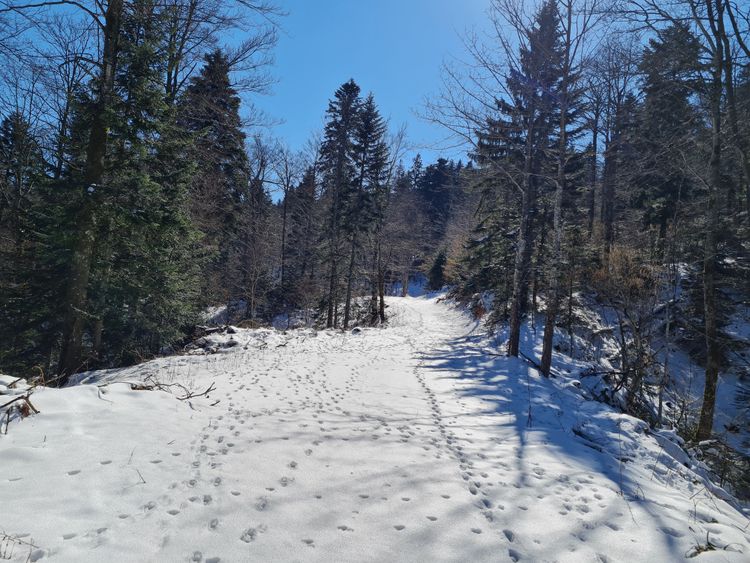
I guess we can arrange with those few rules! What needs to change in order to stabilise our ecosystem and how could cyclists contribute to that? Can cyclists be ambassadors for nature protection or could we use cyclotourism to educate people on preserving nature?
By choosing cycling as a way of transportation - you're already doing the right thing. Way better than motor vehicles both for animals and the atmosphere. Just keep in mind that we are guests in the forest, and give animals their time and space. Animals running in front of us are not happy with that, and spend precious energy. Just try to keep your movement on route, take some time to enjoy the trip, use binoculars to spot animals from a large distance in open areas. Spread the word.
What does the future hold? What are the next projects for you and what does LifeLYNX have planned in the coming year?
For now, all is going well for the lynx. Most of the released animals have established territories, and we have reasons to be optimistic about reaching the project goal - saving out lynxes from extinction. In the next year we are planning to release a few more lynx, depending on the success of this year's releases. It is important that they all establish territories and reproduce, so we'll be monitoring that next year as well. After this project we will continue to monitor our lynx population to see the spread of genes throughout Dinarics as well as the Southeast Alps.
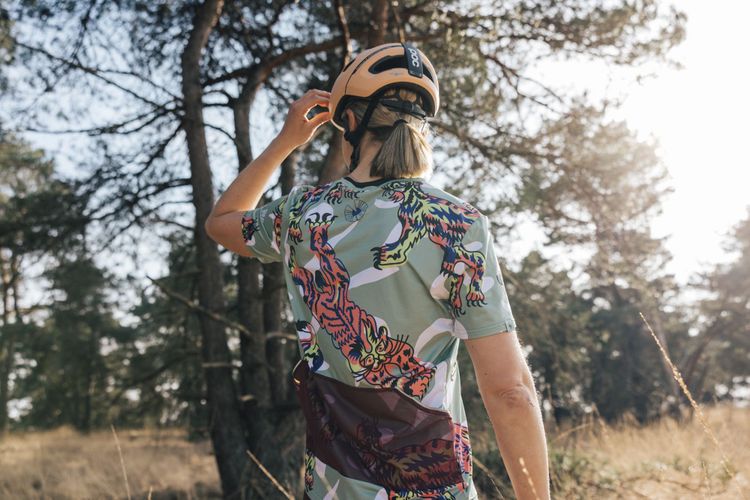
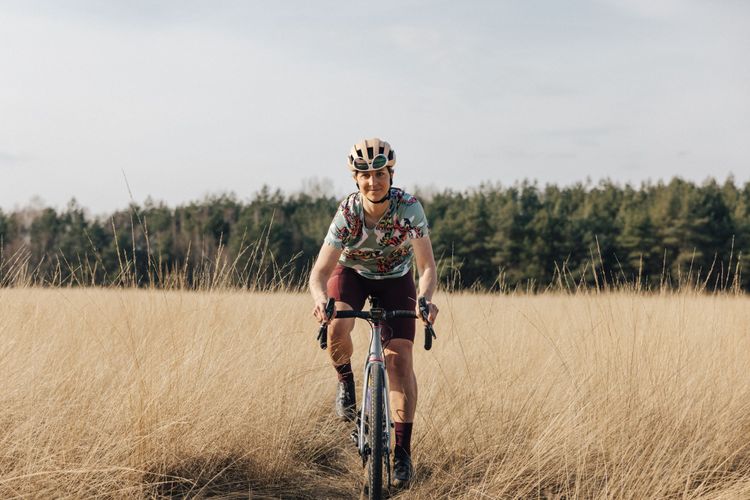
Last but not least: How can people support your project?
Our project already got really a lot of public support. People mostly contact us when they have questions about lynx, or after they encounter a lynx, or photograph it with a camera trap - then they usually send us pictures and we identify the animals. Some people, especially hunters also like the idea of volunteering on the project - work on camera traps. As for cyclists, maybe we can develop some kind of cooperation where some cyclists visit our camera traps, change batteries, download and send us data - it might give them a more interesting view of cycling and it really might help us out.
How cool would that be? We need to work on this idea. I mean: Going for a nice ride in nature, collecting some pictures, helping the lynx and LIFE Lynx on the side? I am signed up to it right away! You live in the Dinaric Mountains or Southeastern Alps and would like to help out? Reach out to us or directly to LIFE Lynx! You want to help in general and get involved in the project? You know what to do.
Vedran is a very busy man as you might have heard, so thank you sincerely for your time and providing your expert opinion. If you haven't done so yet you should instantly buy a jersey from I-RIS here. Now it's on us! We need to spread the word, take care of wildlife and ride to rewild.
